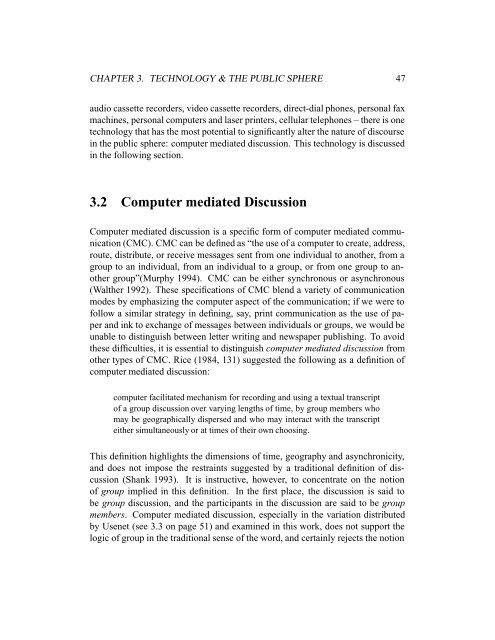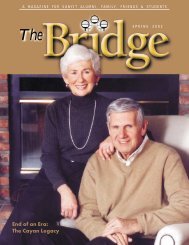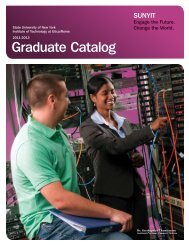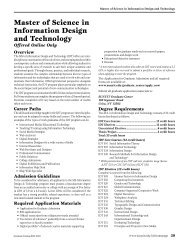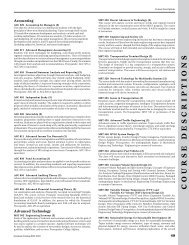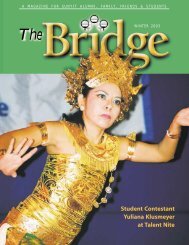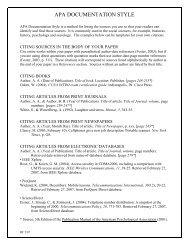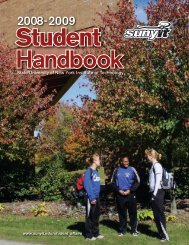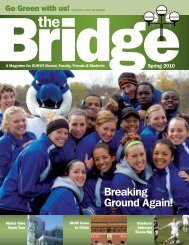Expanding the Public Sphere through Computer ... - ResearchGate
Expanding the Public Sphere through Computer ... - ResearchGate
Expanding the Public Sphere through Computer ... - ResearchGate
Create successful ePaper yourself
Turn your PDF publications into a flip-book with our unique Google optimized e-Paper software.
CHAPTER 3. TECHNOLOGY & THE PUBLIC SPHERE 47<br />
audio cassette recorders, video cassette recorders, direct-dial phones, personal fax<br />
machines, personal computers and laser printers, cellular telephones – <strong>the</strong>re is one<br />
technology that has <strong>the</strong> most potential to significantly alter <strong>the</strong> nature of discourse<br />
in <strong>the</strong> public sphere: computer mediated discussion. This technology is discussed<br />
in <strong>the</strong> following section.<br />
3.2 <strong>Computer</strong> mediated Discussion<br />
<strong>Computer</strong> mediated discussion is a specific form of computer mediated communication<br />
(CMC). CMC can be defined as “<strong>the</strong> use of a computer to create, address,<br />
route, distribute, or receive messages sent from one individual to ano<strong>the</strong>r, from a<br />
group to an individual, from an individual to a group, or from one group to ano<strong>the</strong>r<br />
group”(Murphy 1994). CMC can be ei<strong>the</strong>r synchronous or asynchronous<br />
(Wal<strong>the</strong>r 1992). These specifications of CMC blend a variety of communication<br />
modes by emphasizing <strong>the</strong> computer aspect of <strong>the</strong> communication; if we were to<br />
follow a similar strategy in defining, say, print communication as <strong>the</strong> use of paper<br />
and ink to exchange of messages between individuals or groups, we would be<br />
unable to distinguish between letter writing and newspaper publishing. To avoid<br />
<strong>the</strong>se difficulties, it is essential to distinguish computer mediated discussion from<br />
o<strong>the</strong>r types of CMC. Rice (1984, 131) suggested <strong>the</strong> following as a definition of<br />
computer mediated discussion:<br />
computer facilitated mechanism for recording and using a textual transcript<br />
of a group discussion over varying lengths of time, by group members who<br />
may be geographically dispersed and who may interact with <strong>the</strong> transcript<br />
ei<strong>the</strong>r simultaneously or at times of <strong>the</strong>ir own choosing.<br />
This definition highlights <strong>the</strong> dimensions of time, geography and asynchronicity,<br />
and does not impose <strong>the</strong> restraints suggested by a traditional definition of discussion<br />
(Shank 1993). It is instructive, however, to concentrate on <strong>the</strong> notion<br />
of group implied in this definition. In <strong>the</strong> first place, <strong>the</strong> discussion is said to<br />
be group discussion, and <strong>the</strong> participants in <strong>the</strong> discussion are said to be group<br />
members. <strong>Computer</strong> mediated discussion, especially in <strong>the</strong> variation distributed<br />
by Usenet (see 3.3 on page 51) and examined in this work, does not support <strong>the</strong><br />
logic of group in <strong>the</strong> traditional sense of <strong>the</strong> word, and certainly rejects <strong>the</strong> notion


